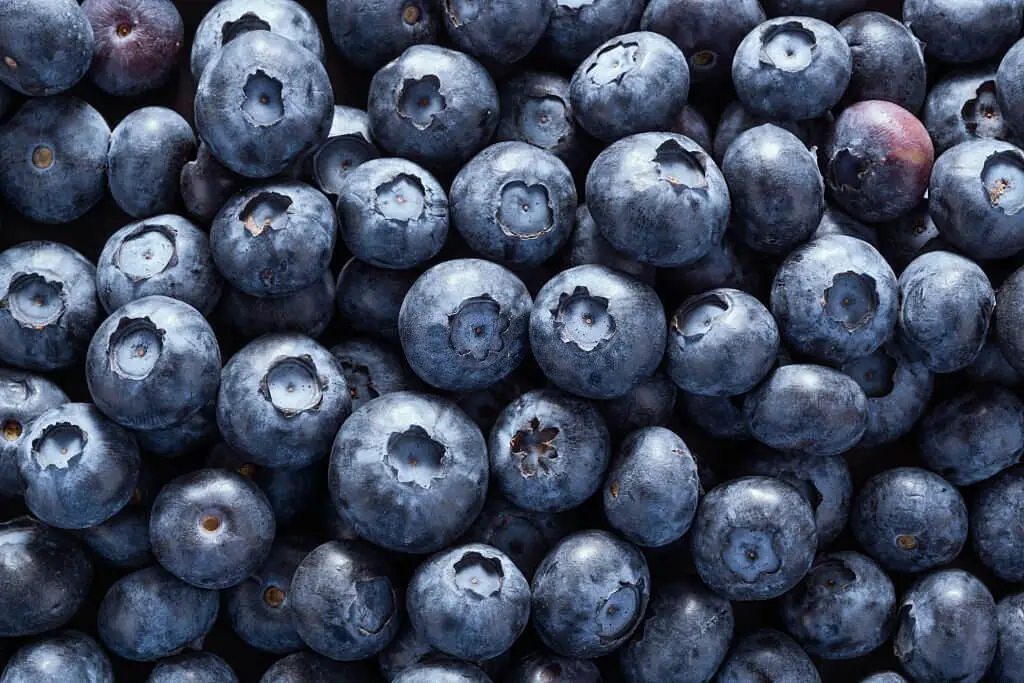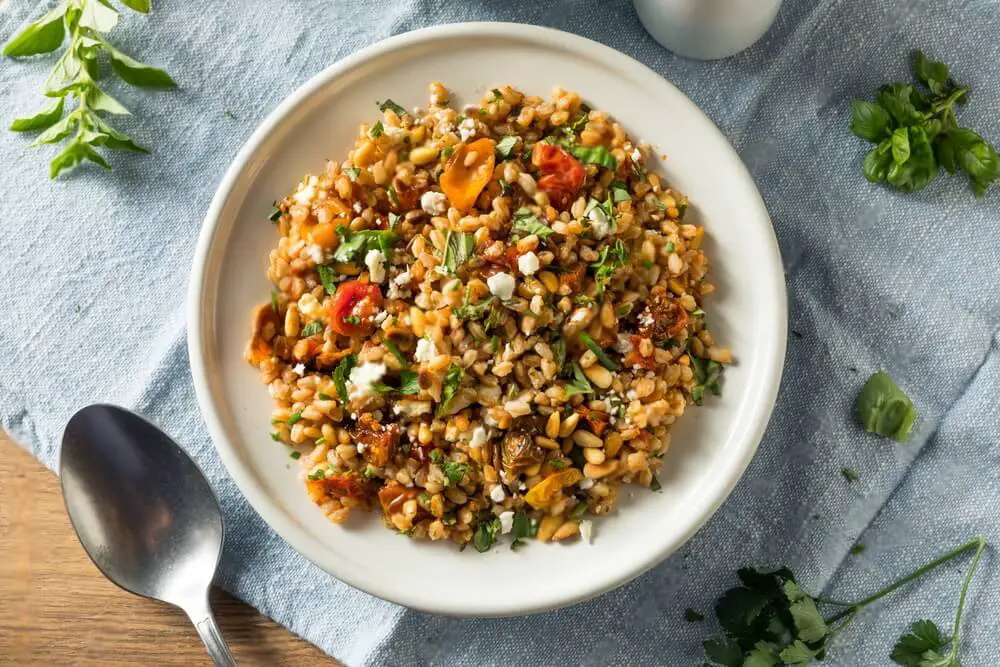To a lot of people, blueberries are the healthiest fruit available. Like other well-known berries such as bilberries, cranberries, and huckleberries, they are members of the Vaccinium genus. Blueberries, a wonderful fruit native to North America, grow on prostrate bushes of varying heights.
There are two common varieties of blueberries: highbush and lowbush. The blueberries used in the food industry are highbush types. That’s the kind you’ll find at grocery stores. Lowbush berries, on the other hand, are more common in wild meadows and farms, especially in North America.
So, do blueberries have seeds? You guessed it; they do. Seeds are the primary means of reproduction for both highbush and lowbush blueberries. In order to successfully cultivate blueberries, the seeds must be extracted from their frames.
Further information on blueberry variants is provided below. In this article, we’ll go over what they are, how they function, and the key distinctions between them.
The Blueberry Variants
Although highbush and lowbush blueberries are typically the first to come to mind when discussing the many types of this fruit, there are actually quite a few more to consider.
Remember that blueberries, like other fruits, have seeds. Every blueberry, no matter the size or variety, contains seeds. These seeds vary in size, with some being quite noticeable but the vast majority being much too small to be seen.
For a complete breakdown of the blueberry types, see below:
Low-Bush Blueberries
Lowbush blueberries, or Vaccinium angustifolium, are somewhat small in size, as their name indicates. They grow below 1½ feet tall on average. In order to increase their yield, most growers grow more than one variety to get a higher yield of these fruits.
Because they require so little maintenance, lowbush blueberries have gained a lot of popularity. They don’t require much in the way of pruning, although some experts suggest cutting them back to the ground after two to three years. Variants of lowbush blueberries are available for different purposes, such as growing in gardening containers or as decorative plants in outdoor spaces.
Northern Highbush Blueberries
Commonly found in the northeast and east of the United States, northern highbush blueberries (Vaccinium corymbosum) are a regional specialty. These blueberries can reach heights of 5–9 feet and are notorious for needing regular pruning more than any other type.
Southern Highbush Blueberries
Blueberries from the southern highbush are hybrids. V. darrowii and V. corymbosum are used in their production. These blueberries are prized for their resilience and can reach heights of six to eight feet.
The southern highbush blueberry is a favorite among farmers because it can provide fruit even in the colder months. It’s important to keep in mind that a severe cold might reduce their production. Overall, these berries thrive in places with moderate winters.
Rabbiteye Blueberries
Southeastern regions of the United States are rich in rabbiteye blueberries (Vaccinium virgatum). They may reach heights of six to ten feet and help protect berry production throughout the hot summer months.
Half-High Blueberries
The southern highbush blueberries are hybrids, and so are these. Their height ranges from three to four feet, and they are a hybrid of lowbush and northern highbush berries.
The half-high blueberries have great cold tolerance, as they can thrive in temperatures as low as 1°C and as high as 7°C. Additionally, they can be grown in containers and require far less pruning than many other types of berries.
Growing Blueberries From Seeds
One must keep in mind that the blueberry itself is not a seed. You’ll have to separate the pulp from the seeds inside the fruit. The results may differ depending on whether you use fruit from an existing bush or one you purchase from the store.
Can you grow blueberry fruits from their seeds? That’s correct; you certainly can. It can be difficult, depending on where you live and the accessibility of necessary resources, but it is possible.
Another fact: blueberries can’t pollinate themselves. Therefore, it is more difficult to reproduce them as the offspring may not be genetically identical to the parent. Because of this, many people will tell you to buy blueberry seeds from a reputable nursery. However, if you have a nice garden and a penchant for experimentation, you can try getting the seeds ready and planting them.
You need to macerate the fruit before planting blueberry seeds. To achieve this, you can use a blender, food processor, or a bowl and a fork to mash the berries. For this step, you’ll want to add some water to the berries. After being mashed, the seeds will sink to the bottom, allowing you to easily remove the floating pulp.
Keep in mind that you may need to add extra water in order to completely remove the pulp. Gathering the seeds from a blueberry bush is only the first step; scarifying the berries is next. Seeds can be stored in the freezer for up to three months if they are wrapped in damp paper towels. The seeds’ rest time will be broken by this cold stratification, making sure they are prepared for planting.
After the 90 days are over, you can either plant the seeds or store them in the freezer until you’re ready. Please keep in mind that, if you live in a region with usually warm climates, the fall is the best time to grow these seeds. Planting season in the north begins in the spring.
Sphagnum peat moss should be dampened before planting. Place the combination in a seed tray and cover with approximately ¼ of an inch of soil. It is important to remember to water the soil regularly. Some blueberry seeds may take up to three months to germinate, but the average is eight weeks.
Seeds need to be kept in a warm, sunny spot. If you don’t have access to a lot of natural light, you should acquire some fluorescent lighting and hang it approximately 35 centimeters above the seeds.
Final Thoughts
It’s common knowledge that blueberries are among the healthiest fruits you can eat.
Blueberries can be propagated from their seeds, which are included with every variant.
Blueberry planting can be done at home, but safety precautions must be taken.



